
Applications are now open for a Postdoctoral researcher position as part of the ‘Prioritising the Displacement-Environment Nexus’ project at the Chr. Michelsen Institute in Norway.
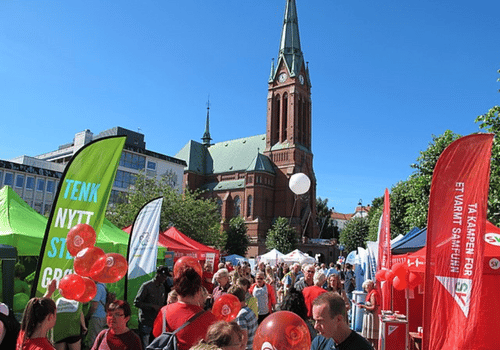
The annual Arendalsuka is underway in Arendal, Norway where participants will discuss, debate and solve societal challenges, including humanitarian related challenges.
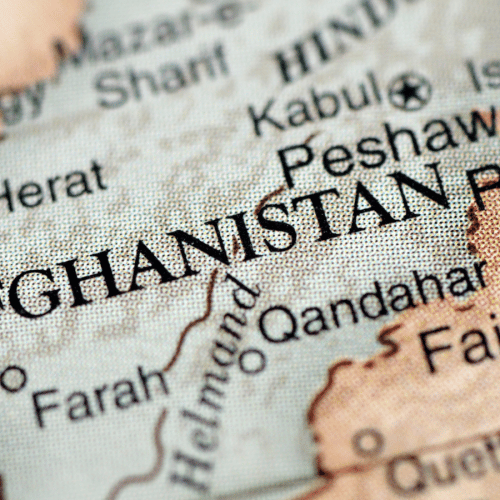
One year after the Taliban seized power in Afghanistan, this piece for the Italian Institute for International Politics discusses how should the international aid community engage with the Taliban state.
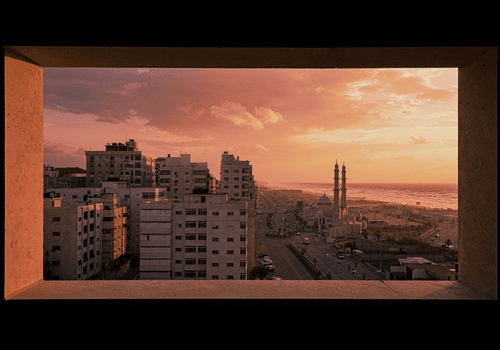
In the wake of Syrian mass displacement, this call for papers seeks contributions that shed light on the unusual and unlikely places of refuge to which Syrian refugees have fled.
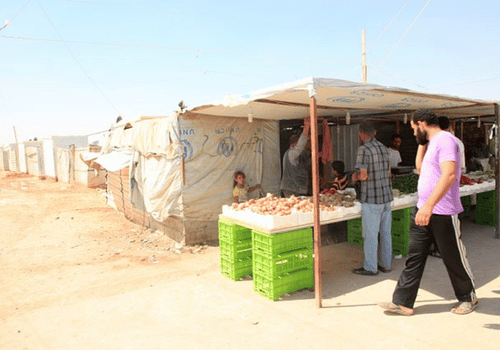
New book review essay explores the contributions of three recent books from the Refugee Economic Programme at the Refugee Studies Centre, Oxford .
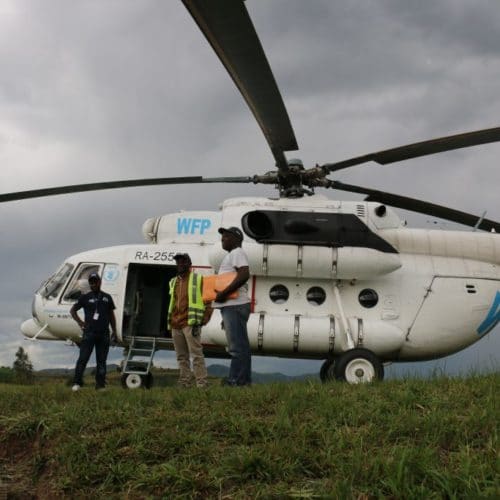
In light of the risk of violating sanctions regimes humanitarian organisations may resort to remote management. This paper explores what such remote management might imply in the context of humanitarian negotiations.
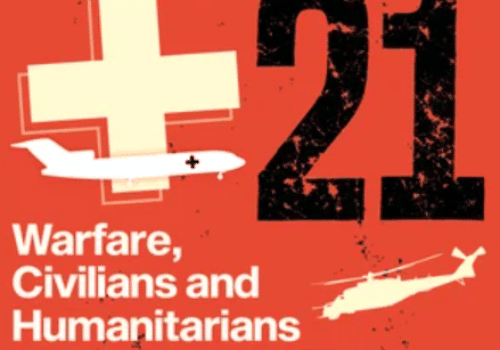
Organised by the NCHS and PRIO in collaboration with the Norwegian Red Cross, this roundtable with Hugo Slim explored the future of humanitarian principles.
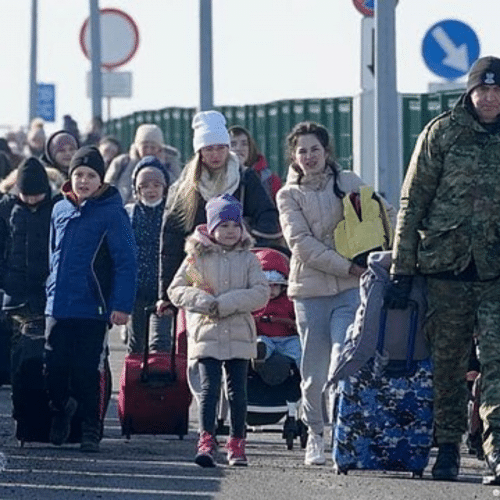
PRIO together with the NCHS and the Polish Embassy in Norway recently hosted a discussion on preventing human trafficking in the context of the war in Ukraine. A recording of the discussion is now available.
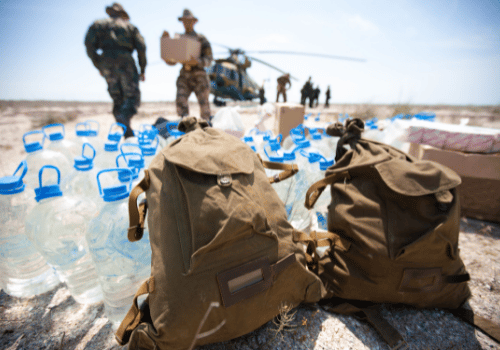
This report provides an overview of the concept of humanitarian diplomacy and the different forms it may take in humanitarian intervention.
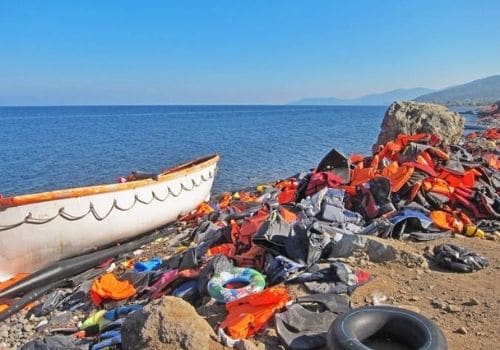
You are invited to join this breakfast seminar co-hosted by PRIO and the NCHS to discuss local and EU responses to migrants seeking refuge in Greece, and reflect on lessons learned.
A staggering 72 million children—17% of the 426 million children living in conflict areas globally, or 1 in 6—are living near armed groups that have been reported to perpetrate sexual violence against children. That means 3% of all children in the world are living at risk for sexual violence in a conflict zone.
This is one of the figures of wartime risk reported in Save the Children’s 2021 report ‘Weapon of War: Sexual Violence Against Children in Conflict’. The figure is based on a new study conducted at the Peace Research Institute Oslo (PRIO).
concerning upward trend
This background study not only reveals an alarming reality, it identifies a concerning upward trend. This is a global problem that requires urgent attention. There are too few studies focusing on this problem or systematically documenting how children are victimized by sexual violence – directly or indirectly, how prevalent this is, and what the consequences are.
Globally, we estimate that in 2019 about 426 million children lived in a conflict zone, 50 kilometers or closer to violent conflict events. In some of these conflicts, the armed actors commit acts of sexual violence. A large majority of the conflicts with reports of sexual violence in recent years also have reports of children among the victims/survivors of sexual violence by armed actors.
The Sexual Violence in Armed Conflict (SVAC) dataset provides systematic data on the reported prevalence of sexual violence, and which conflict actors have been reported to commit sexual violence against children. The updated SVAC data covers all armed conflicts in the years 1989-2019.
Due to data limitations we do not know exactly how many children have been victimised of sexual violence, only where it has been reported and how pervasive the problem seems to be. Based on this, and using specific information on the location and timing of conflict events and population density we estimate how many children live in areas where conflict actors commit sexual violence against children.
The figure of 72 million children reflects the specific risk associated with sexual violence by actors directly involved in armed conflict, and does not account for risk of sexual violence committed by other types of perpetrators, such as sexual violence by criminal gangs, peacekeepers, law enforcement, or domestic sexual violence.
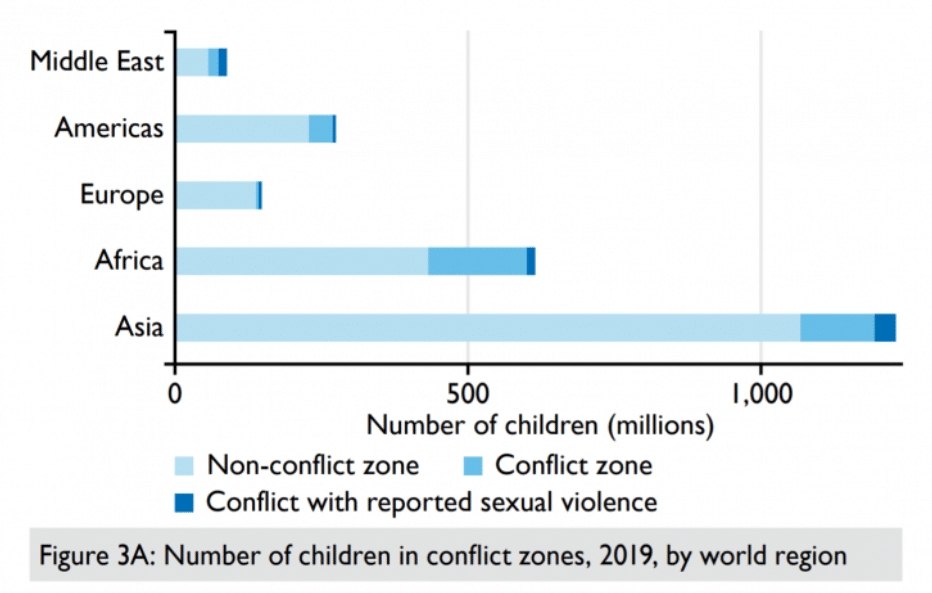
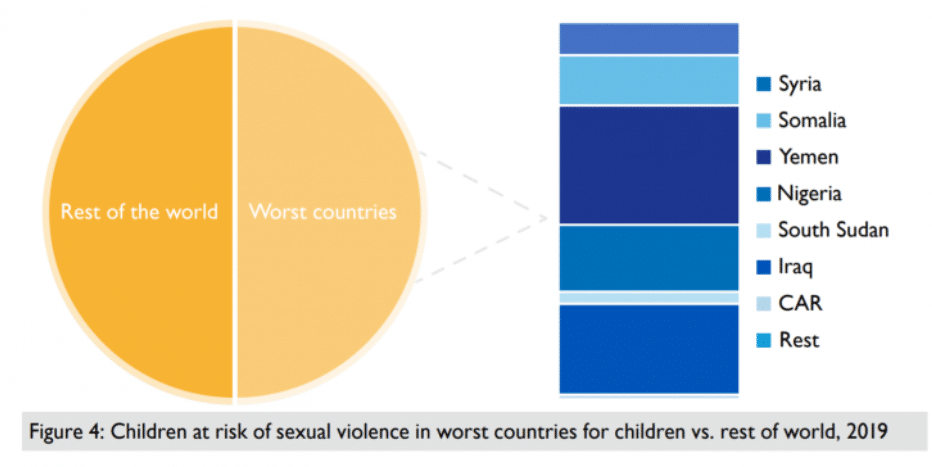
Sexual violence against children is a global problem that requires urgent attention. Policy makers, human rights defenders, and other actors need to devote more resources and dedicated attention to this vulnerable group of war victims to reduce the harm of war to children.
Specifically, we offer three recommendations:
As the child population at risk of wartime sexual violence seems to be increasing, the imperative to take action is more urgent than ever. As a member of the UN Security Council, and chairing the working group on Children in Armed Conflict, Norway now has a golden opportunity to contribute to this end. The Norwegian Minister of Foreign Affairs, Ine Eriksen Søreide, has promised to bring up the results from the report at the UN Security Council demanding that perpetrators of sexual violence in conflict be held accountable.